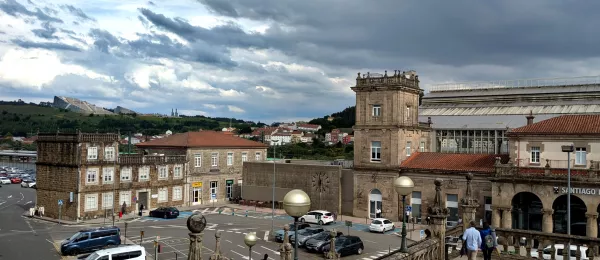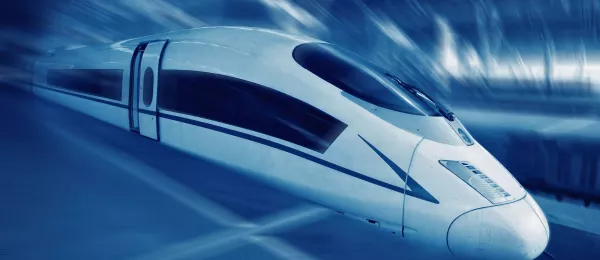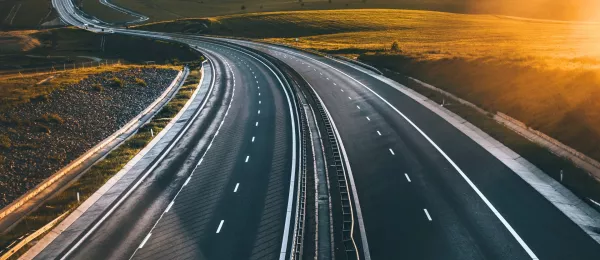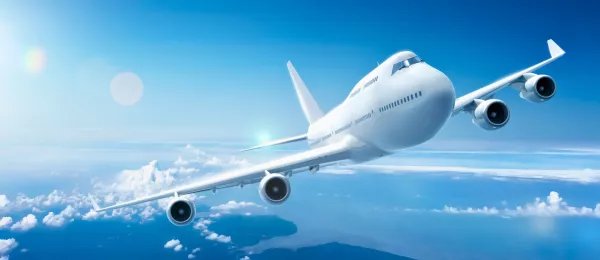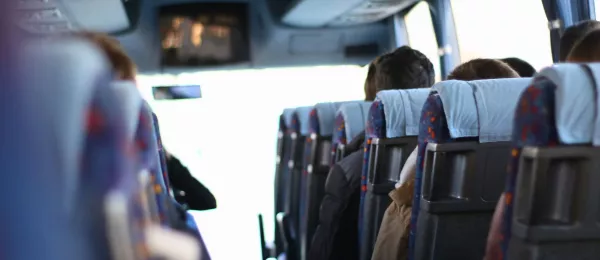We know we are at the westernmost edge of Europe, where the Romans already placed the end of the world. And hey, maybe they weren't wrong: this is where a part of the map ends... but the good stories begin!
Could this end be the beginning of something great? Of course it is: DrupalCamp Spain 2025 awaits you with open arms (and with "pulpo", "empanada", and lots of desire to share code). Although we are in this little corner of the peninsula, fortunately our communications have improved and there are various options to get to Compostela without having to carry a 12 kilo backpack and get blisters on your feet. Here we tell you how to embark on this adventure without getting lost along the way.
The train station of Santiago is located in the city center, just a few minutes' walk from the historic center and the main hotel areas. And here's some good news: high-speed rail lines have already reached Galicia. On AVE and Avlo trains (the low-cost high-speed rail service), you can reach Santiago from various Spanish cities.
- Long distance: Daily direct trains connect with Madrid, Vitoria, or Barcelona. Through a single transfer, you can access daily from cities like Bilbao, Alicante, or Seville, from all major national destinations and even from points in France and Portugal.
- Regional: Approximately every hour there are connections to the main destinations in Galicia: A Coruña, Vilagarcía de Arousa, Pontevedra, and Vigo, with links to Portugal. The connection is continuous with Ourense.
- Transcantábrico: If you enjoy a more relaxed pace, there is a panoramic train from San Sebastián to Santiago de Compostela, traveling through the north and northwest of Spain. You 'll be able to read the complete works of Emilia Pardo Bazán, with plenty of time to highlight and take notes.
If your idea of a pilgrimage to Santiago includes air conditioning and views of the clouds, you're in luck. The city has an international airport, el Santiago-Rosalía de Castro, yes, like our celebrated poet. It is well connected with the main Spanish cities and with European destinations.
- Seven companies operate there: Air Nostrum, Iberia, Vueling, Ryanair, Lufthansa, Aer Lingus, and Easyjet Europe.
- National connections: Madrid, Barcelona, Bilbao, Málaga, Seville, Alicante, Valencia, Tenerife, Gran Canaria, Lanzarote, Fuerteventura, Zaragoza, Palma de Mallorca, and Bilbao.
- International connections: Dublin, London, Paris, Florence, Brussels, Basel, Geneva, Frankfurt, and Memmingen.
The airport is located in Lavacolla, about 12 km from the Cidade da Cultura, approximately 15 minutes by car. Once at the airport, there are several options to get to the city:
- Urban bus: Line 6A (Airport – Santiago). From 6:30 to 00:30 every 15 minutes. Approximate price of 1€.
- Taxi: Approximate price: 23€ (Radio-Taxi: 981 56 92 92, Tele-Taxi: 981 94 33 33 or Taxi en Compostela: 662 08 20 69).
- Private transfers and VTC companies are also available, as well as car rentals at the airport.
For those who prefer solid ground and fans of "The Big Bus", there are also possibilities. The bus station is integrated into the Intermodal station, next to the train station, in the city center.
Long-distance routes
- With Alsa, there are connections to Madrid, Gijón, Bilbao, Irún, Zamora, Salamanca, Cáceres, Seville, Cádiz, Algeciras, Portugal, Germany, Belgium, France, or Switzerland.
- With Socitransa, there are connections to France, Great Britain, Ireland, or Italy.
- With Flixbus, there are connections to France, Italy, or Germany.
The main operator for destinations in Galicia is Monbus, with connections to the main towns and cities in the region.
Enjoy driving? Well, you have the perfect excuse to take an express road trip. However, for the sake of the planet, we recommend that you share the car, the trip will be more entertaining and you will save costs.
Santiago is well connected by road with other autonomous communities and with Portugal through a network of highways and motorways.
Main access routes:
- Northwest Highway (A-6), which connects Galicia with the rest of Spain through the province of Lugo.
- Cantabrian Highway (A-8), which connects Galicia with France through the Cantabrian coast.
- Rías Baixas Highway (A-52), which connects Galicia with the rest of Spain through the province of Ourense.
- Atlantic Motorway (AP-9), which connects Galicia from north to south with Portugal.
